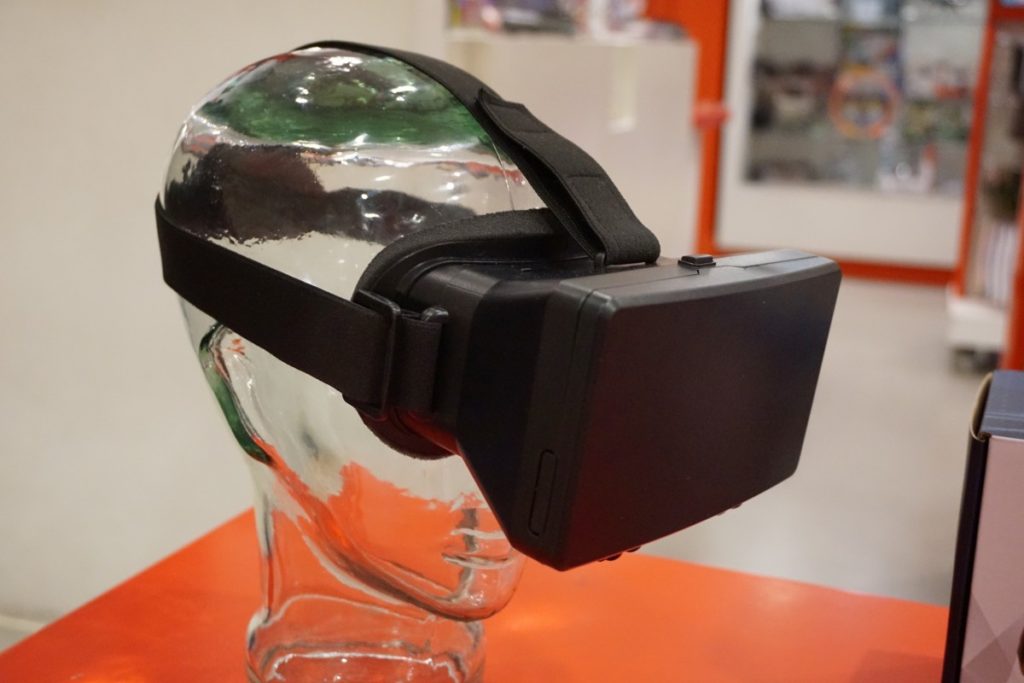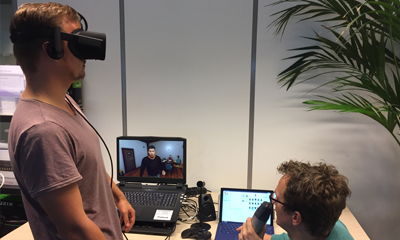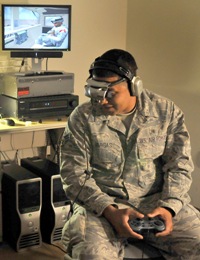Virtual Reality Therapy Helps Treat Phobias and Mental Illness
Virtual Reality Therapy
Mental Illnesses affect almost everyone on a certain level. Whether you’re a student, working or in any part of life, you may experience some level of stress, anxiety or depression. Mental illness can be mild and many can make it through the day without it bothering them, or they can be so severe that it becomes debilitating. It varies for everyone. Virtual Reality Therapy is the newest tool helping mental health professionals treat patients.
Mental illnesses can be separated into several different types of categories, some of the most common ones are work-related stress, Post Traumatic Stress Disorder, anxiety, phobias, and depression.
Mental illnesses affect 1 in 5 Americans and even those who haven’t been diagnosed with mental illnesses may be prone to developing illnesses due to significant anxiety and stress. Unrecognized and untreated mental illnesses may develop into something extremely harmful which is why it is recommended to seek some sort of therapy. Unfortunately, seeking therapy or help has an aura of taboo around it, where people just don’t see the need to. Psychotherapy isn’t covered by most health insurances as well so it also seems like a huge investment, which is a huge deterrent.
But what people don’t realize is that, for the majority of the mental disorders, there are effective treatments available that don’t require drugs. Often, psychiatrists will prescribe medications for disorders whether or not they’re really needed and that leads to some unforeseen side effects. For disorders such as anxiety, panic disorders, PTSD and obsessive-compulsive disorder (OCD) can be treated with simple treatments such as cognitive behavioral therapy (CBT) and exposure therapy (ET).

Virtual Reality: An Accessible Mode of Therapy
Virtual Reality headsets have seen a massive rise to popularity in the last 5-6 years. Virtual Reality became a huge part of the gaming industry and video games developers sought to take advantage of the new technology. Mobile phone manufacturers have made accessible virtual reality headsets for users to experience virtual reality in an accessible way.
Virtual Reality, however, is nothing new and has been used for decades as a means of administering virtual reality exposure therapy (VRET) in a controlled environment. Because of the limited availability of virtual reality in the past, it wasn’t in commercial use. Now that virtual reality is a widespread medium, the opportunity to use virtual reality as a means of therapy has become decentralized as now anyone can access affordable treatment.
Through virtual reality, environments and situations can be created to put people in situations that they can learn from. If a user has a fear of flying, the therapist’s role might be to simulate you in an airplane, exposing you to the thing you fear. The exposure to this fear may increase over time until the user feels a sense of accomplishment with the treatment. The therapist may administer talk therapy before, during and after the treatment to help you understand the process fully. The therapist may first assess the extent of your problem first and you may have a few sessions before you dive into the virtual reality world. After your experiences, the therapist may conduct a session to determine how it went.

Methods Used
Before a virtual reality simulation included other paraphernalia such as a mouse or keyboard but more recently, Virtual Reality Treatment takes advantage of advancements in VR to create a completely immersive world. A variety of programs are available for a variety of different disorders. CAVE is an advanced virtual reality program that presents users in a cube-like room. Users are allowed total freedom in this room and responses are generated after users make movements.
Other programs such as Virtually Better have programs dedicated to treats fears of flying, public speaking, height, and storms. Some of these programs also include hardware integrations complete with airplane seats, subwoofer systems and even smells to create a completely immersive environment. Virtually Better has partnered with leading academic institutions and facilities to treat childhood anxiety and childhood social phobias.
ClevR is a company that develops VR systems to treat phobias of flying, heights and social situations backed by scientific research. The company is also studying the use of VR as a therapist’s tool to treat social anxiety. Through their own dynamic virtual emotion technology, a controlled social environment can be maintained.
Mimerse is a company that takes advantage of growing advancements of VR in the video game industry and is integrating Virtual Reality video games as a means of therapy themselves. They’ve partnered with the Swedish Government and Stockholm University to create these tools. Their first launch, a game called “Itsy”, was a game focused on the treatment of arachnophobia without a therapist needed to be present at all. Itsy is being studied as a means of VRET and being compared to real-life exposure therapy. The game is currently available in the Gear VR app.
Helping Soldiers with PTSD
For soldiers suffering from PTSD, virtual reality is a tool that has been used to treat the disorder since the 1990’s. An application called Bravemind, developed by Dr. Albert Rizzo at the University of Southern California with partnerships with Virtually Better aims to combat PTSD for soldiers and anyone else suffering from PTSD. The Bravemind system includes various parts, including a controllable and customizable VR environment, a vibrotactile platform that delivers sensations associated with explosions, gunfights, physical trauma. It even comes with a scent machine that mimics the scent of the customized environment. For soldiers, smells such as fuel, gunpowder, dust can be released at chosen times during the therapy to increase the sense of really being there. Completed clinical studies have shown Bravemind to surpass drug therapy and even the combination of drug therapy and VR therapy.
The recent public interest has paved the way to access virtual reality technology and increased interest in institutions as well. The U.S Army spends a significant amount now on research related to VR therapy for treatment of soldiers with PTSD. Virtual reality has become an accessible mode of therapy and as mentioned earlier, most disorders just require the right treatment.
Consult with a psychiatrist to see if virtual reality treatment suits you!
Check out some of our other articles.
Speech Recognition in Grocery Shopping Speech Recognition in Cars
Speech Recognition in Customer Service The Future of Speech Recognition Technology
Pet Translators Speech Recognition in Travel
Speech Recognition in Blockchain Speech Recognition in Video Games
Speech Recognition in Advertising Speech Recognition in Health Care


